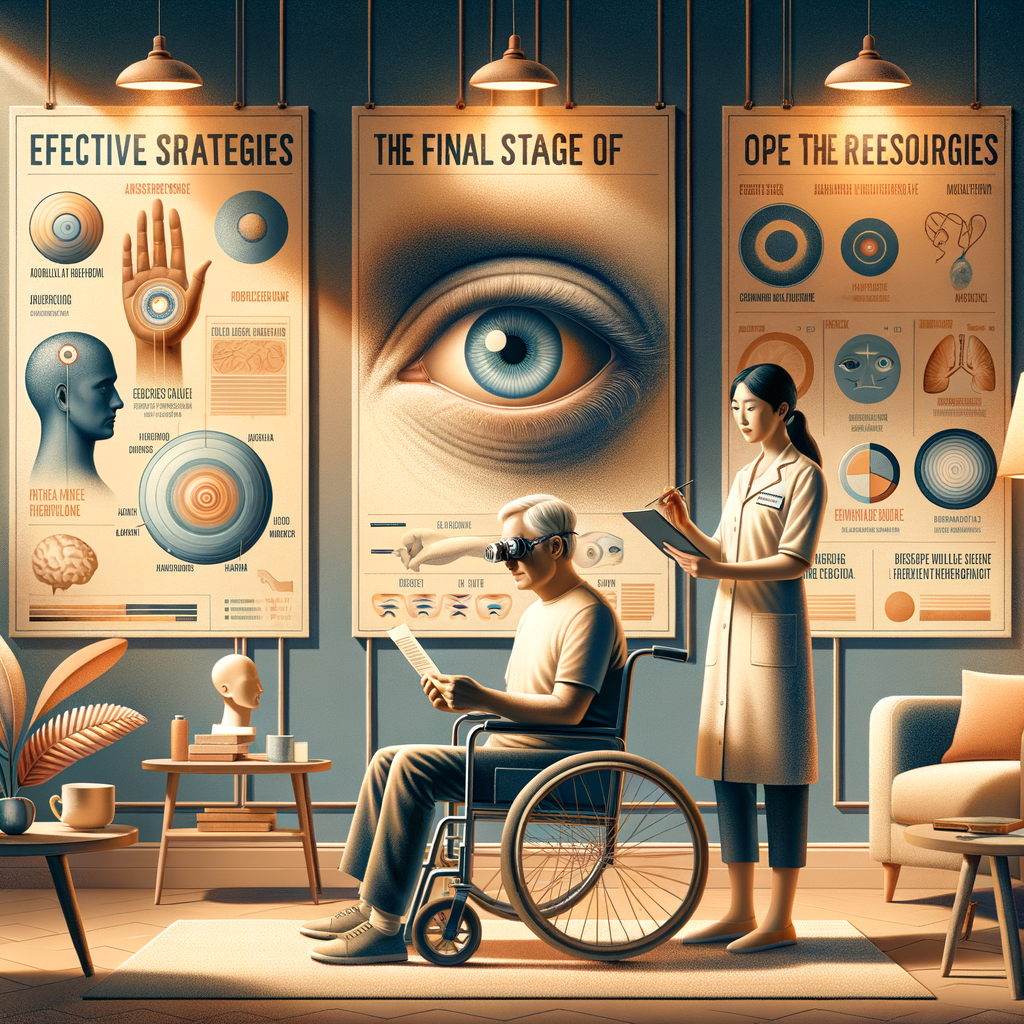The Future of Remote Work: Insights and Trends
The COVID-19 pandemic has significantly reshaped the landscape of employment, thrusting remote work into the spotlight. As businesses and employees adapt to this new reality, it becomes essential to explore what the future holds for the work-from-home culture.
1. The Rise of Hybrid Work Models
One of the most prominent trends emerging from the pandemic is the hybrid work model. This approach allows employees to alternate between working remotely and in-office settings. Key advantages include:
- Increased flexibility for employees.
- Enhanced productivity, as individuals can choose their most effective work environment.
- Cost savings for both employees and employers.
2. Technological Advancements
Technology will continue to play a pivotal role in shaping remote work. Companies are increasingly investing in tools that facilitate collaboration, project management, and communication. Innovations to watch include:
- Artificial Intelligence: AI can streamline workflows and improve decision-making processes.
- Virtual Reality: VR can create immersive meeting environments, enhancing team collaboration.
- Cloud Computing: This technology allows for seamless data access from any location.
3. Evolving Company Cultures
As businesses embrace remote work, company culture is undergoing a transformation. Organizations are prioritizing:
- Employee Well-being: Focus on mental health resources and work-life balance.
- Diversity and Inclusion: Remote work opens doors for diverse talent from various geographical locations.
- Continuous Learning: Upskilling employees remotely to keep pace with industry changes.
Conclusion
As we look to the future, it is clear that remote work is here to stay. The shift towards flexible, technology-driven work environments presents both opportunities and challenges. By embracing change and fostering a supportive culture, businesses can thrive in this new era of work.
There you have it… See what works for you…
Campbell M Gold
To Create Health, Wealth, Success, and Longevity through the Power of Your Subconscious Mind, Visit: Campbell M Gold.com
Visit The Store and see what else can be of help




